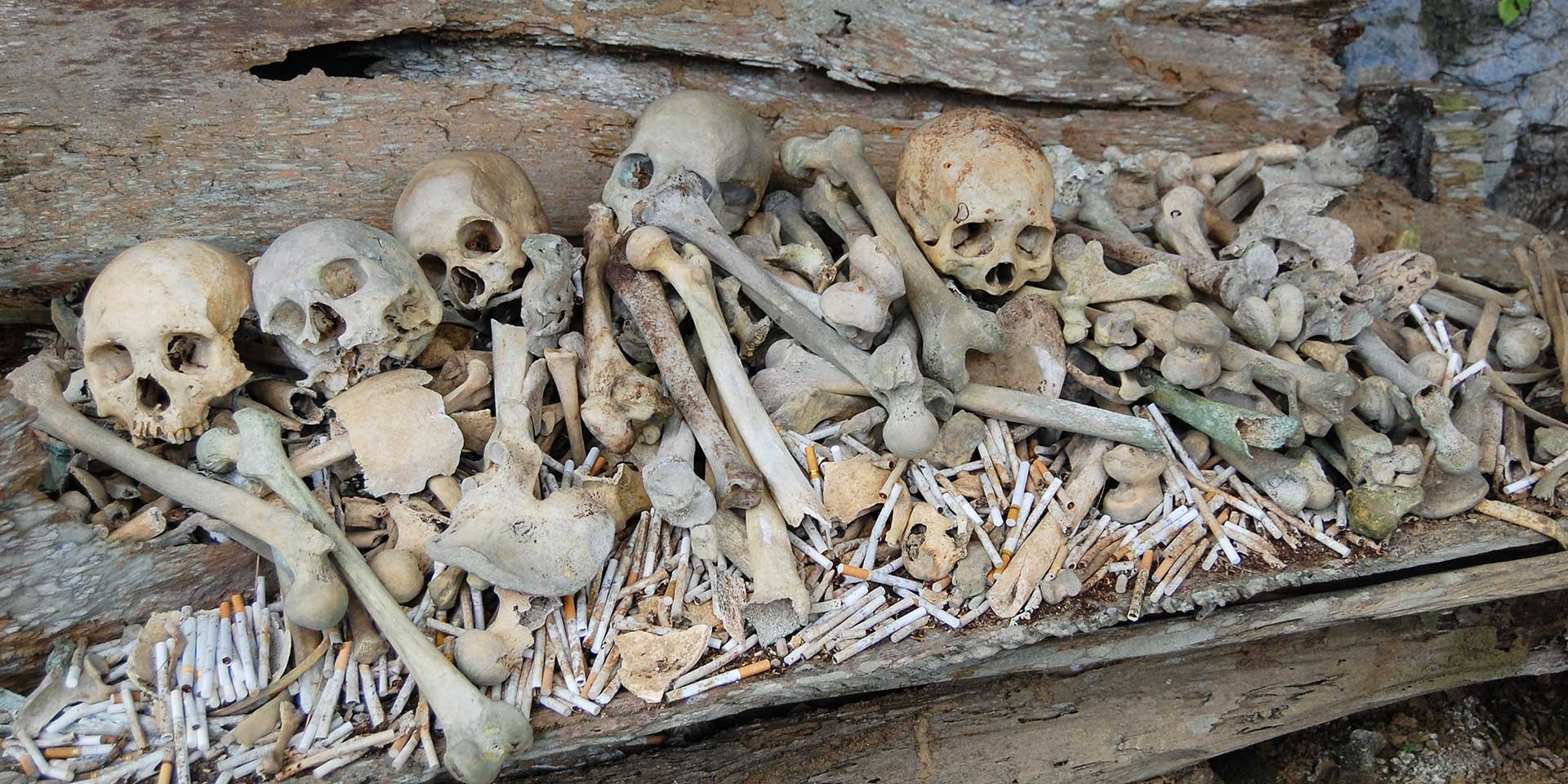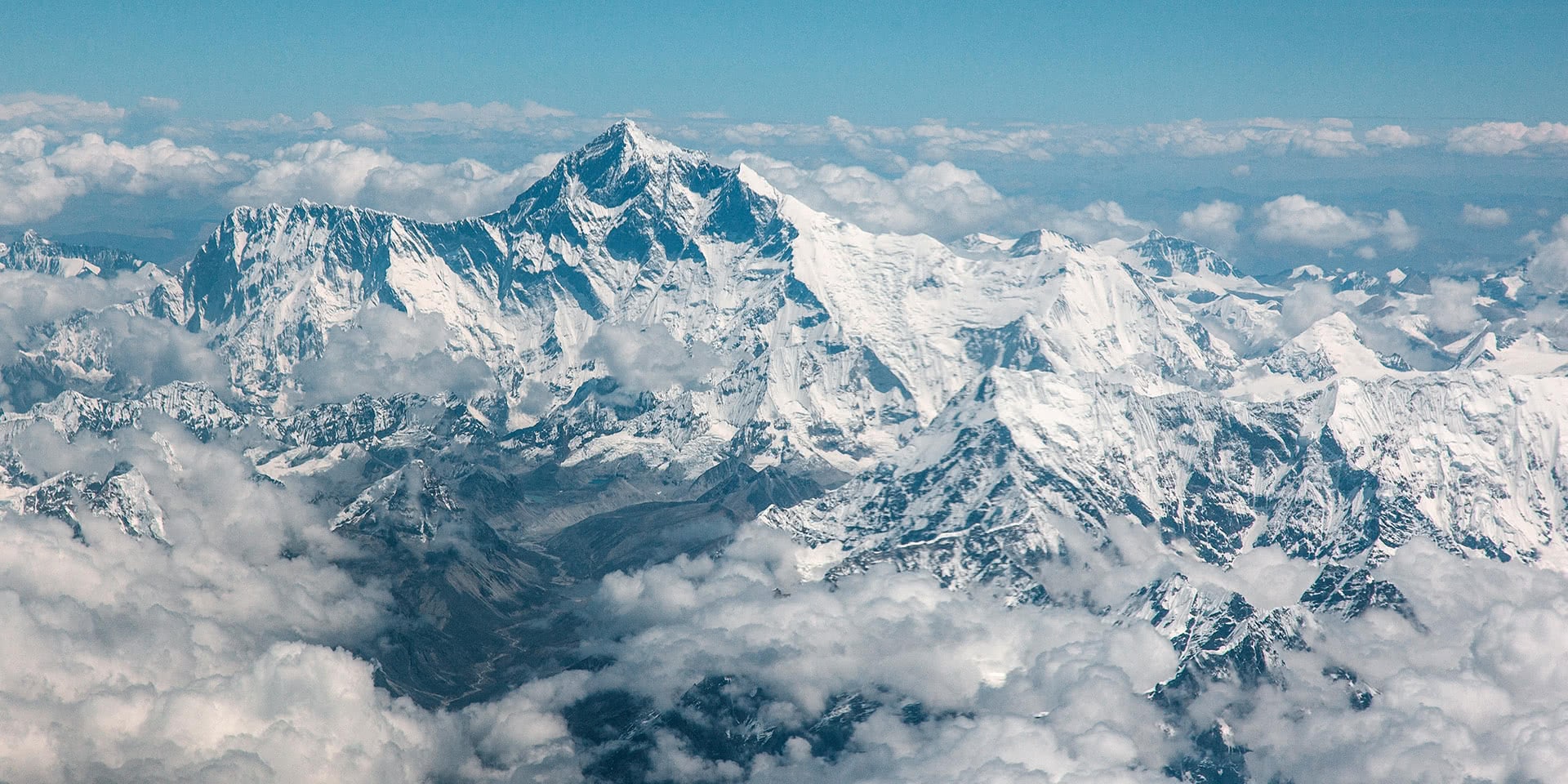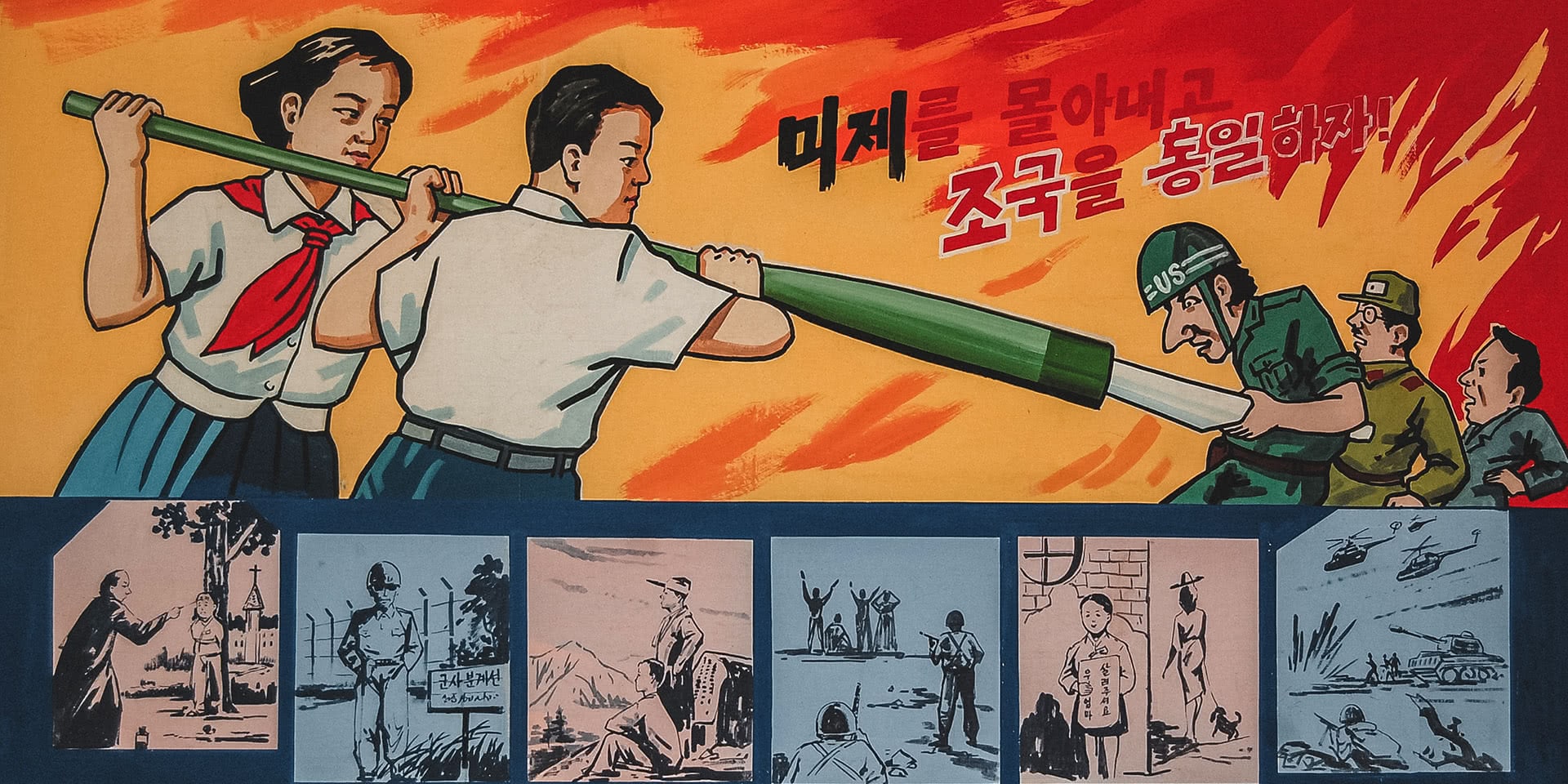
The 38th parallel was used as the pre-Korean War demarcation dividing North Korea and South Korea. In 1952, U.S. President Dwight D. Eisenhower promised to bring the Korean War to a swift end if elected, and the present day boundary between North and South Korea was created in part due to Ike’s promises and the accompanying effects on American military strategy. Yet more than 60 years later, this boundary is still a source of national, regional and global tension. In fact, the DMZ or “Demilitarized Zone” in this part of the world is a true hair-trigger for war. Yet at the same time, it is also a positive step towards maintaining the peace.
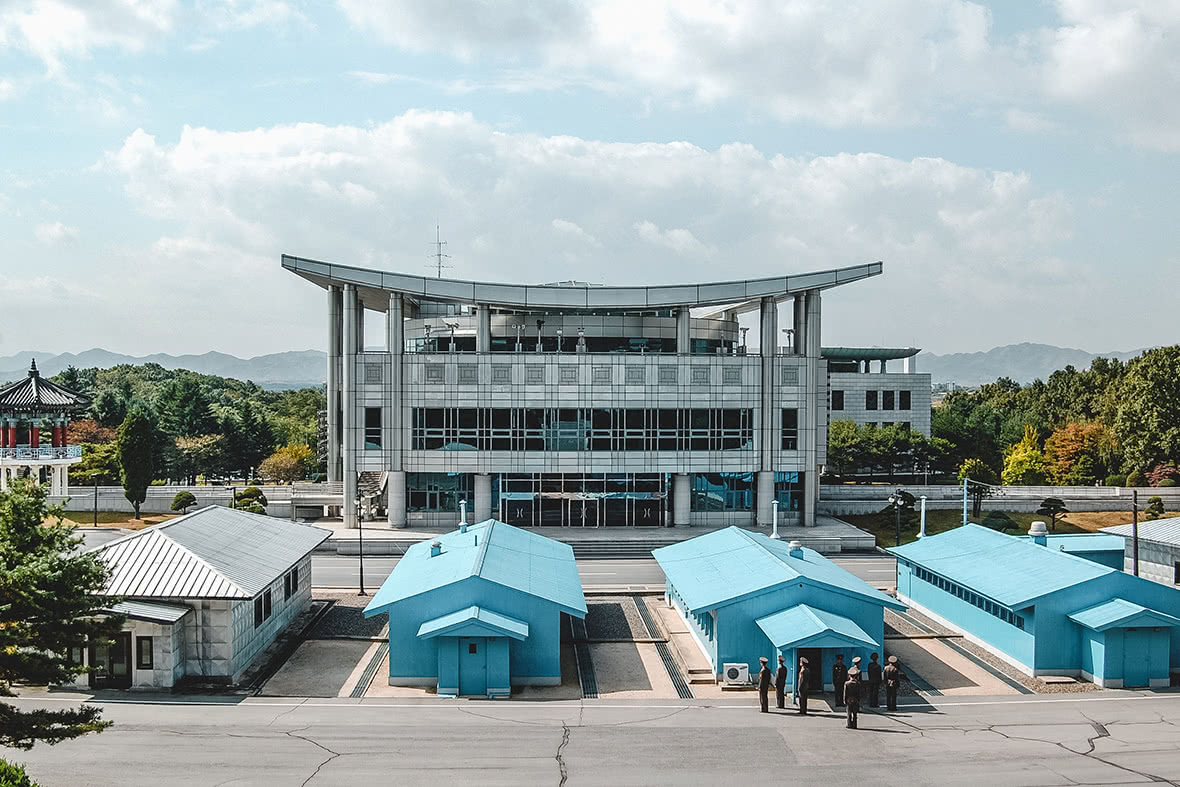
The Joint Security Area, from the North Korean side.
What exactly is a DMZ? It should, in theory, be a place of relaxed tensions. During World War I, German, French and British soldiers put down their mustard gas and bayonets to play a football match on Christmas Day and in doing so, created their own impromptu DMZ. The key to a DMZ is that no one should be in “control” it. It’s neutral, like Switzerland. Kashmir and India also have implemented a similar idea with their “Line of Control” or “LOC.”

North Korean soldiers at the JSA.
There are several DMZs around the world: Lebanon and Israel and also Kosovo and Serbia feature examples of such. Then there is Cyprus: the Turkish North and Greek-leaning South. History buffs will recall the 1727 DMZ set up between Gibraltar (UK-controlled) and Spain. In 1933, in Manchukuo, the Japanese Imperial Army and China also set up a DMZ. DMZs have long been a way to engage in détente or a “relaxation of tensions.”
Having traveled widely, I have long seen North Korea as a place where people who think they’ve been everywhere need to go – and the fact that only 2,000+ Americans have ever gone there as tourists just added to the appeal. So off I went to North Korea, all the way to their side of the DMZ, to see what all the fuss was about.
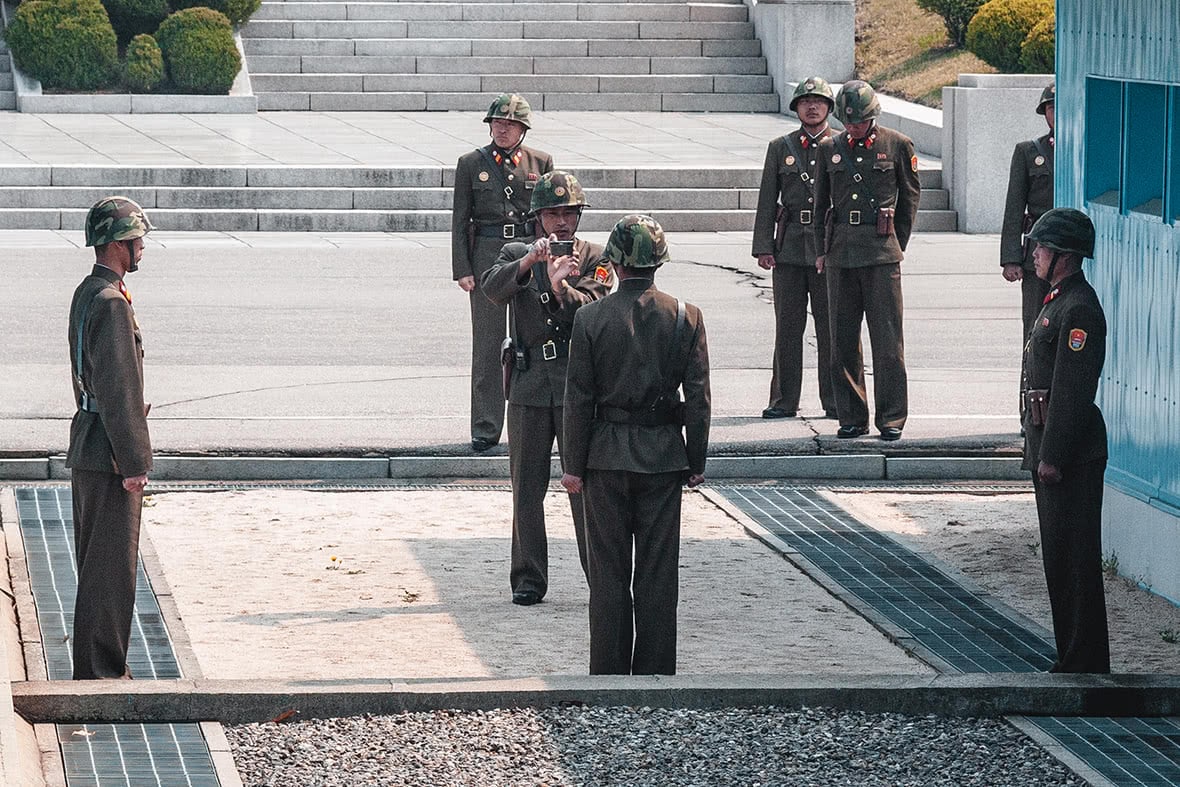
North Korean soldiers taking photos of each other at the DMZ.
I drove a couple hours from Pyongyang through Kaesong and into the Panmunjom DMZ area. Predictably, security was very tight. I was in a private car with two guides, but I had to go along with a group of Chinese tourists (there were no other Western tourists). A North Korean Lieutenant who was leading the group hitched a ride in my car since I had an empty seat. He was a young officer, and seemed quite interested in my reasons for visiting his country. He asked me several questions through my guides. After a few minutes, I noticed that my guides didn’t seem to need to translate my English back to him – this soldier understood what I was saying very well.
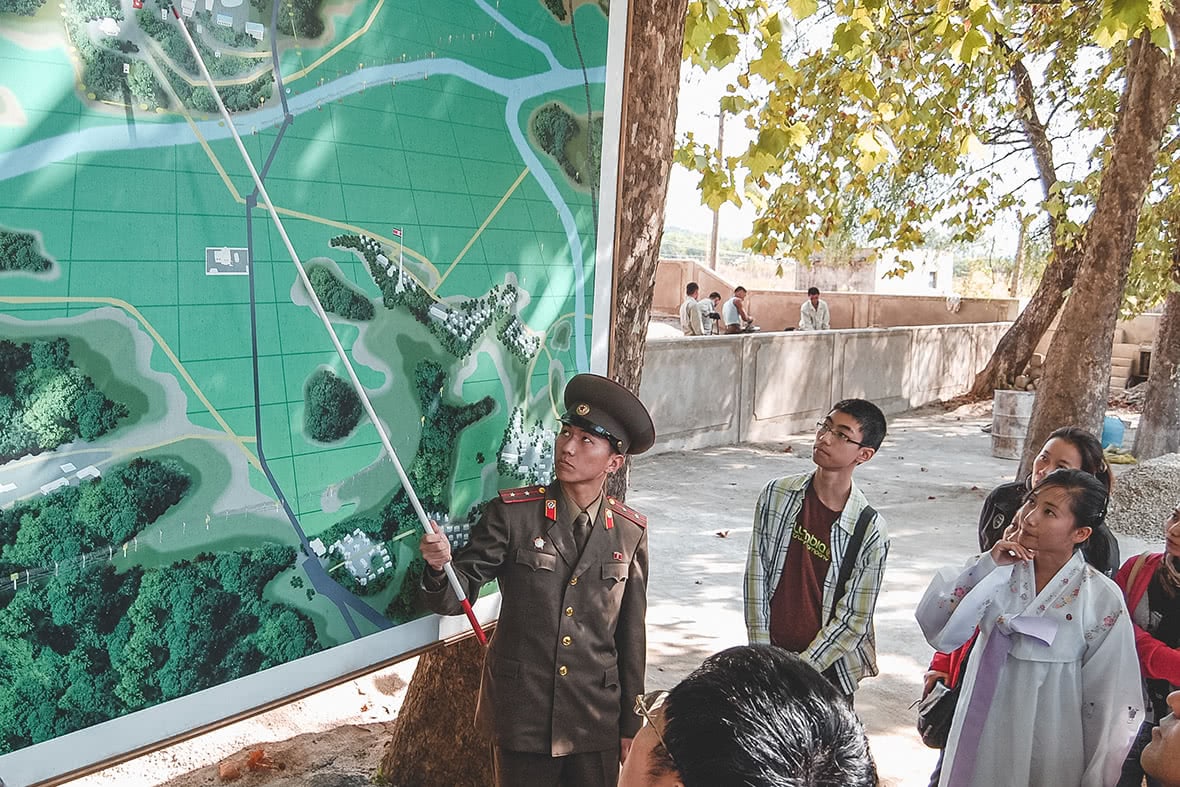
A North Korean officer explaining the DMZ area to me.
I asked him if he spoke English, and he smirked at me and answered with a perfect American accent “I speak English a bit.” Clearly he spoke more than a bit. This guy was very well-educated and talked as if he’d been to university in the U.S. He was very friendly, and commented to me that he was tired of the Chinese tourists and was more interested in talking to me, since not many Americans came to visit the DMZ.
He gave a presentation to the group about the DMZ, noting as I had heard many times that it was the “American Imperialist Aggressors” who had started the war. We went into a large building overlooking the Joint Security Area or “JSA” and over to the South Korean side (where the American soldiers are). The lieutenant remarked to me, “Your Americans are over there watching you right now.” That felt a bit strange because I was quite sure they were indeed watching me and wondering what I was doing over here.

At the DMZ with a North Korean officer that spoke perfect English
We were led into the JSA — the room that denotes the border between North and South Korea. Tourists enter this room from both the North and South, at alternating times. We were always under the watchful eyes of the North Korean soldiers wherever we went, but although the area felt tense, to be honest, it had an organized, calm feeling about it, so it wasn’t off-putting. It is a totally different feeling standing here, seeing the DMZ from North Korea’s perspective. After all, standing here I was in “enemy” territory, and the two sides are almost too close for comfort here. The room itself is an austere place, with the look and feel of a place where a peace treaty might have been signed. But the truth is that no such peace treaty was ever signed – North and South Korea remain technically at war. The JSA is used by North and South Korea to carry out face-to-face diplomatic relations. Until 1991, it was the place where military talks between North Korea and the United Nations Command were held.

Lunch in Kaesong City – they like foreigners to eat in private rooms, so I ate alone this day.
After the DMZ, I headed to Kaesong city for lunch. Koreans love their barbeque chicken and beef, however I’ve never seen much beef in the north (duck being the most common substitute). The Koreans are also quite fond of cold noodles, called “naengmyeon”, which they swallow with amazing speed (they literally open their throats and pour them down…no joke).
Kaesong itself evolved as a joint project for industrial development between North and South Korea back in 2004. The city was an important part of Korea in ancient times. In 919 A.D., Kaesong became the capital of Korea. Set up by Emperor Taejo between 918 and 1392, it was the definitive Korean dynasty and today gives Korea its name. In 1392, the Joseon dynasty took control of Korea, which had seen almost the entire peninsula united under the Koryo era. Later, Kaesong became a part of South Korea, but in the scramble of the Korean War, it was captured and held by the North. Maybe one day in the future, Kaesong will hold great prominence once again, as a part of a reunited Korea? Who knows.
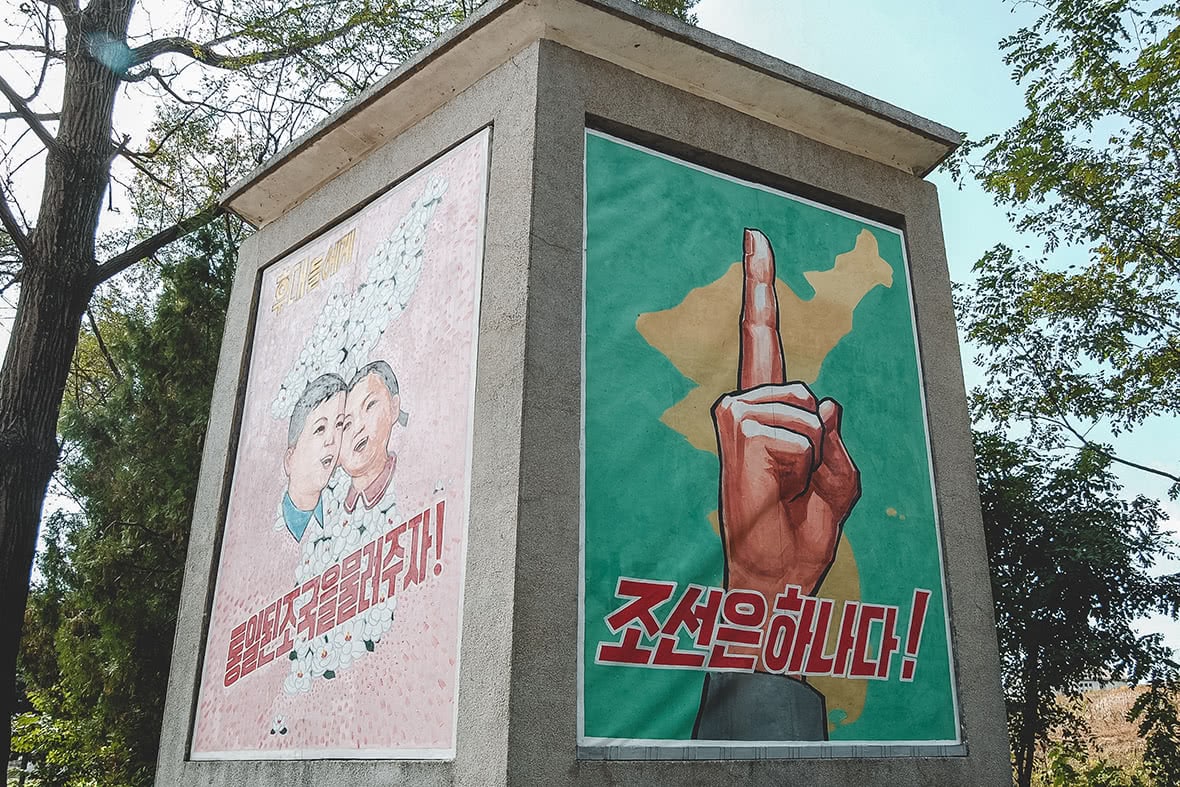
“One Korea” is something both sides want – but who will be calling the shots?
Overall, it was a fascinating visit, seeing the demilitarized zone now from a completely new perspective, and provided me with some wonderfully-intriguing insight into North Korea’s past, present, and future.


